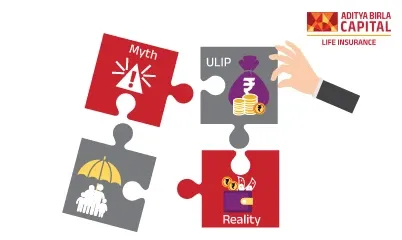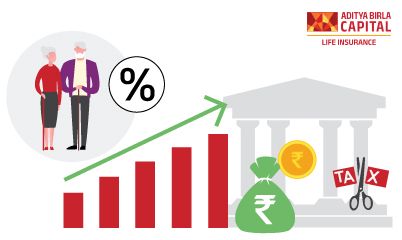When talking about ULIPs, one often hears the words 'toxic' and 'costly' to describe this investment instrument. Sold to the public as an opportunity to take part in the market for equity and debt funds, without the risks associated with them, ULIPs quickly became an object of abuse due to unreasonably high charges levied by insurance companies and rampant mis-selling by distributors.
Gullible investors were lured in by focusing on returns and hiding costs and risks. Despite their promise, ULIPs came to be considered the least popular option for parking the investor's disposable income.
Change in the Indian Scenario
However, the Insurance Regulatory and Development Authority (IRDA) put its foot down and blocked any annualized charges above 2.25% of the first year's premium during the initial 10 years of the plan being held. Since then, this investment vehicle has been trying to make its way back to the market with the continued promise of combining life insurance with high returns from holding equity.
The reformed regulatory environment and the appearance of a stable political regime should bolster this comeback and address people's inhibitions about this instrument. An informed public should consider the streamlined characteristics of the new ULIP policy and consequently abandon old myths in the light of changed circumstances.
Top 3 Common Myths Busted
ULIP plans are an excellent opportunity for those looking to invest for the longer term, say, 10 years or more. Let us separate some facts from fiction so far as today's ULIP plans are concerned.
1.ULIP Plans are Expensive:
As already mentioned, with the capping of yearly charges by the insurer, this is no longer true and can no longer be considered a drawback of this financial instrument. The cap was applied in 2010 itself, demonstrating the responsiveness of the system to supervise both sellers and buyers.
2.ULIPs are Not Transparent:
IRDA guidelines are very clear on transparency. Insurers now have to regularly inform ULIP policy holders of any changes in the Net Asset Value (NAV) of the portfolio investment as well as the yield reduction every month. The latter has been restricted to 4% for 5 year policies and 3% for 10 year policies.
3.ULIPs are Not Flexible:
In fact, a ULIP policy is more flexible than other investments. Your asset portfolio can be migrated from one fund to another, subject your current situation and the market you have invested in. Better fund management practices combine low, medium and high risk options, while optimizing the ratio between Equity, Debt and Hybrid instruments within a single policy, thus ensuring more responsible returns on investment.










